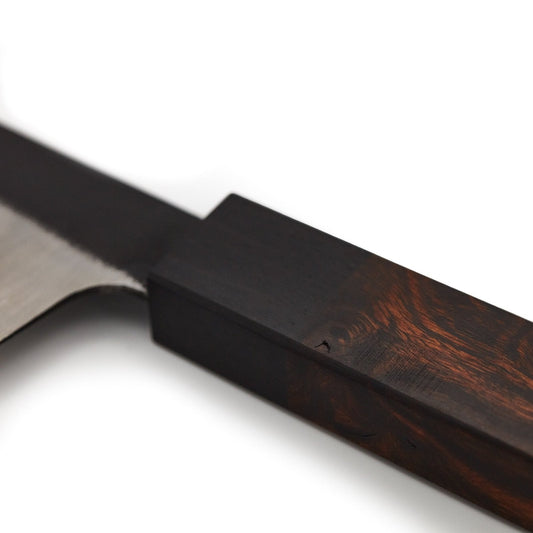-
#201 - Eddy - large chef's knife - unique
Regular price €190,00 EURRegular priceUnit price / per -
#202 - stainless steel chef's knife Galaxie - unique piece
Regular price €190,00 EURRegular priceUnit price / per -
#203 - Kitchen knife Finchina - Chinese and Finnish chef's knife
Regular price €290,00 EURRegular priceUnit price / per -
#204 - Kitchen knife Nakiri San - Japanese chef's knife
Regular price €390,00 EURRegular priceUnit price / per -
#205 - Kitchen knife Takeshi 001 - Japanese Bunka chef's knife
Regular price €290,00 EURRegular priceUnit price / per -
#206 - Kitchen knife Takeshi 002 - Japanese Bunka chef's knife
Regular price €290,00 EURRegular priceUnit price / per -
#207 - Kitchen knife Takeshi 003 - Japanese Bunka chef's knife
Regular price €290,00 EURRegular priceUnit price / per -
#208 - Serbian kitchen knife - chef's knife
Regular price €230,00 EURRegular priceUnit price / per
















